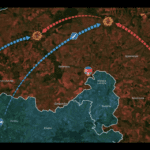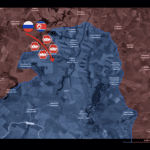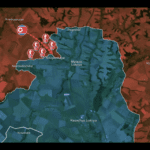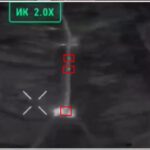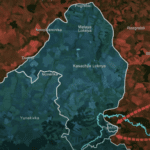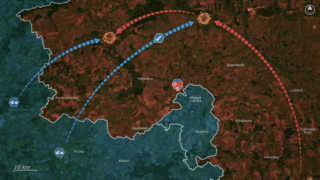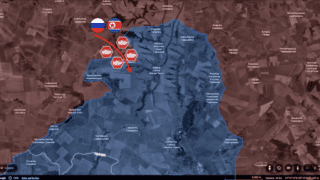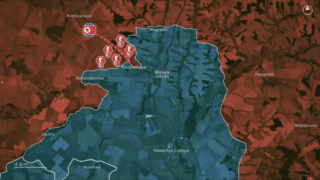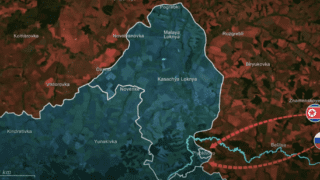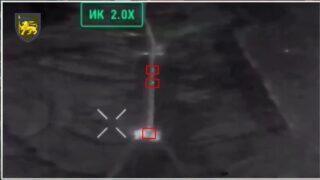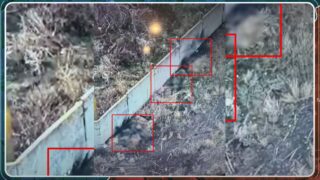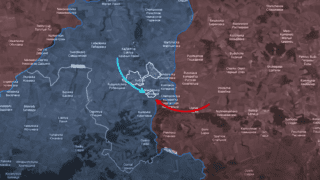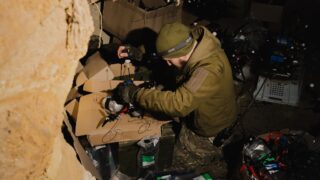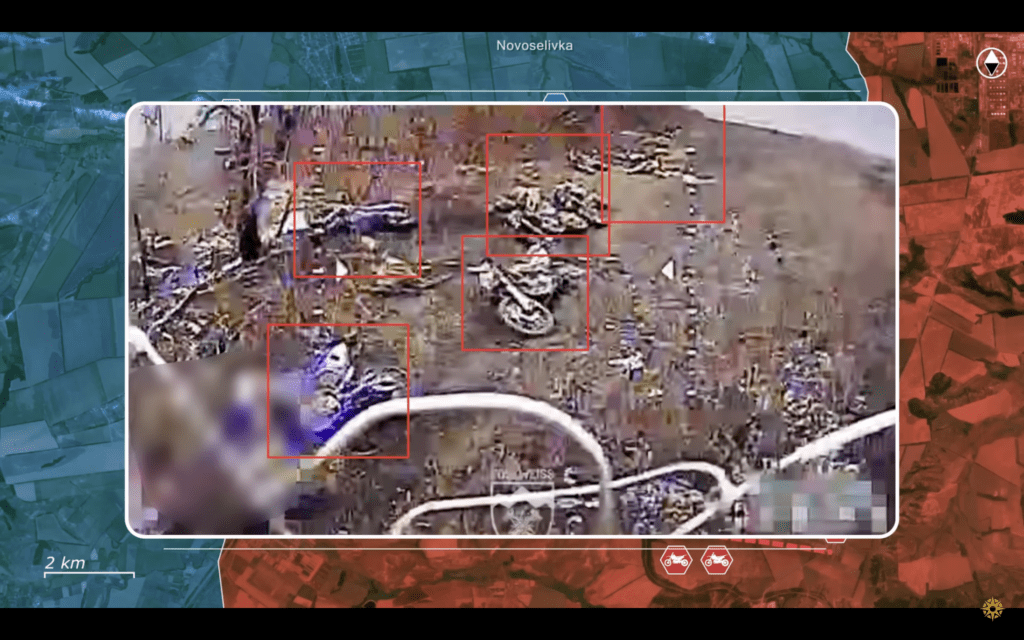
Frontline report: Ukraine’s drones decimate Russian motorbike assault, leaving single survivor
Today, there is interesting news from the Siversk direction, Donetsk Oblast.
Here, in a desperate bid to break through Ukraine’s well-protected defense line in front of Siversk, Russian forces launched a massive assault using 50 motorcycles and light vehicles. Ukrainian defenders managed to adapt quickly and deal significant damage to this enemy attempt.
The Russian goal here is to penetrate the heavily fortified Vyimka-Zvanivka defensive belt, which serves as a critical shield for Siversk, preventing Russian forces from making any meaningful advances in the region. Having exhausted almost every other attack vector in the Siversk direction with little success, Russian commanders saw this last untouched sector as their only remaining option for a major push, even if it is very well protected.
The Vyimka-Zvanivka line is the gateway to Siversk, and breaching it would allow Russian forces to pressure Ukrainian defenders, paving the way for deeper advances. However, previous mechanized assaults in the Siversk direction were disastrous, costing Russians an entire army of tanks and vehicles.
The sheer scale of Russian losses forced the removal of Colonel General Gennady Anashkin after reports surfaced that his officers had submitted false battlefield reports to the Russian high command, where they exaggerated their progress. With new leadership, Russian commanders are trying a completely different approach, shifting away from traditional armor-heavy offensives to fast-moving light vehicle attacks.
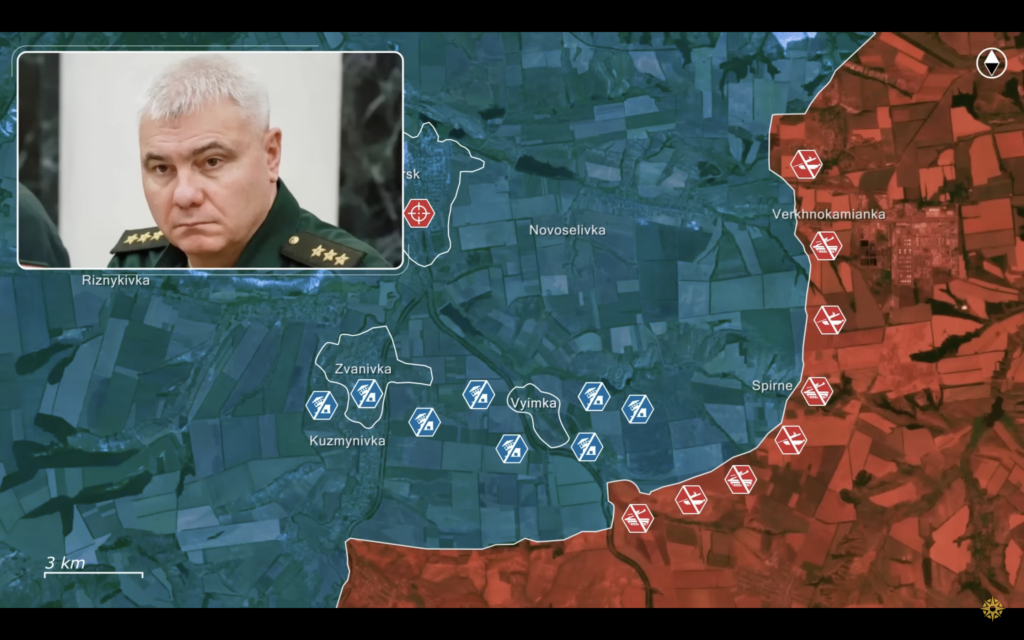
To avoid repeating past failures, Russian forces abandoned large, armored columns and relied on motorcycles and ATVs for maneuverability. Their strategy revolved around speed, unpredictability, and overwhelming Ukrainian defenses before they could react. By launching rapid successive assaults, Russian troops hoped to bypass Ukraine’s artillery kill zones and force a breakthrough. The motorcycles’ ability to navigate rough terrain and evade FPV drone strikes also played into their tactical planning.
Russia’s logistics in the sector remain relatively efficient, enabling a steady flow of reinforcements and allowing them to sustain high-tempo assaults, giving Ukrainians very little time to detect them.
However, the almost total absence of armored protection proved to be a crucial weakness. Once the attack was detected, Ukrainian forces swiftly exploited these vulnerabilities. The lightly armored vehicles offered no defense, leaving Russian troops completely exposed to drone strikes, artillery fire, and machine guns.
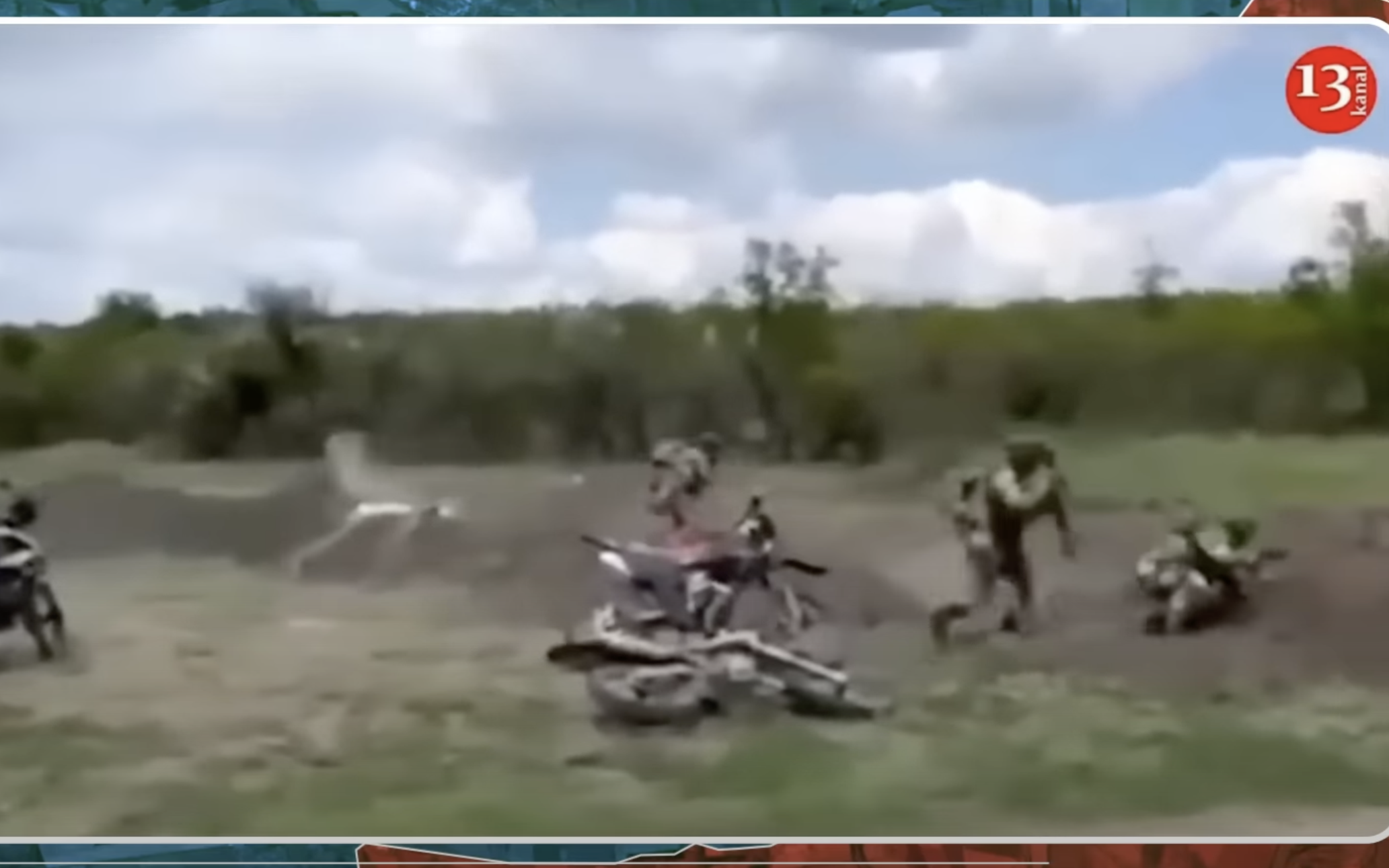
Despite their speed and maneuverability, the Russian assault was swiftly intercepted. Ukrainian defenders from the 10th Mountain Assault Brigade, Edelweiss, maintained constant drone surveillance despite the previous low intensity of combat engagements, enabling an almost immediate response. The hilly terrain with tree lines provided some advantage to the Russians, allowing Ukrainian forces to efficiently target them as they crested the hill.
Geolocated footage from the Ukrainian drone operators showcases how early the Russian group was detected, just as they were gathering to start their assault. There were also several armored vehicles present not only to provide fire support and carry additional infantry on board, but also to divert Ukrainian fire away from the main group with motorcycles.
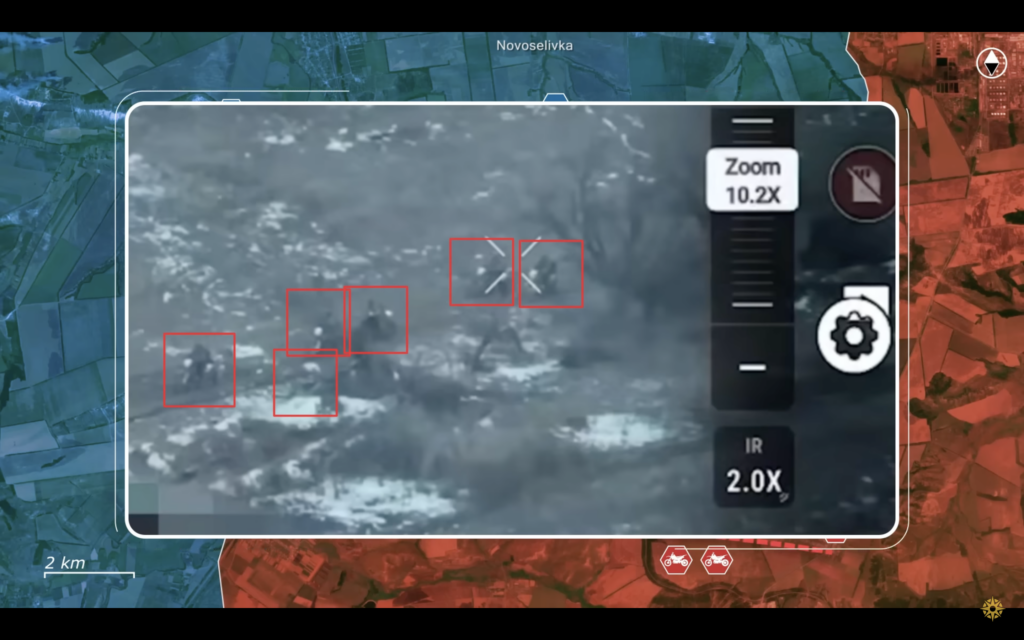
These BMP-2 became the first target of Ukrainian FPV drones and were finished off immediately, allowing the Ukrainians to focus on the motorcycles much earlier than expected. Interestingly Ukrainian forces also effectively jammed Russian drones with electronic warfare, bringing down almost 20 Russian strike and reconnaissance FPVs, successfully preventing them from providing fire support or reconnaissance data.
The next step was to target the Russian motorcycles, as they used over 40 of them in this assault alone. Unfortunately for Russians, their numbers alone offered them little advantage. Some were obliterated mid-charge, hurling riders through the air, while others were systematically picked off individually.
As panic set in, the dispersed Russian troops desperately sought cover in the nearby tree lines, only to be hunted down by Ukrainian kamikaze drones. Ukrainian soldiers also took a single Russian prisoner, the sole survivor of the assault as all others were killed or wounded.
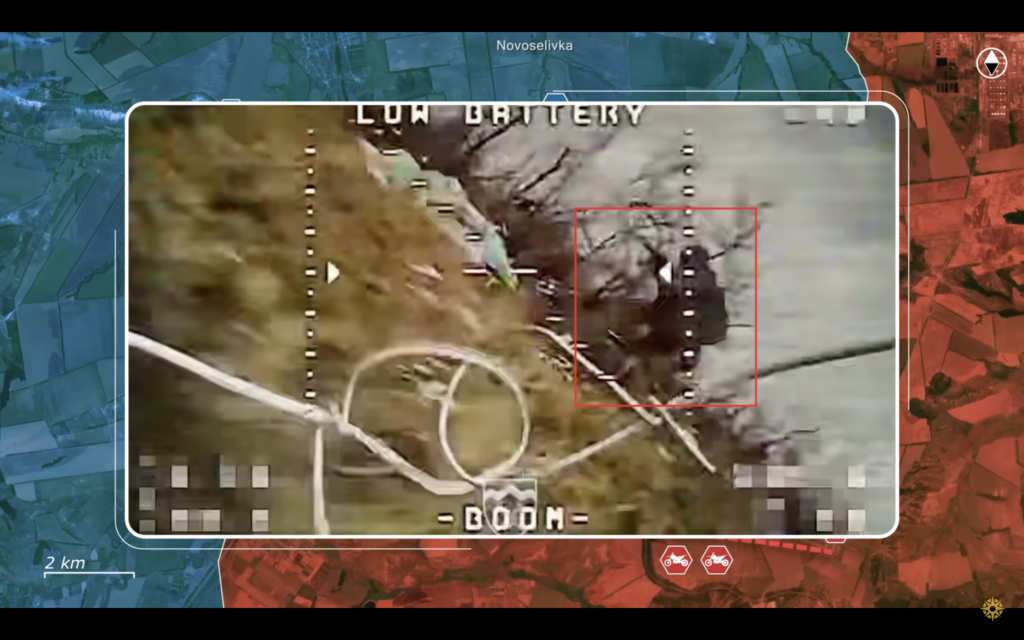
Overall, this motorcycle assault marks yet another humiliating failure in Russia’s ongoing struggle to gain ground in Siversk. The new “fast and light” approach has proven to be just as ineffective as the previous mechanized assaults, underscoring Ukraine’s superior battlefield awareness and rapid response capabilities. Despite Russia’s continuous efforts, the Vyimka-Zvanivka defense line remains intact, keeping Siversk secure and further draining Russian manpower and resources in the process.
In our regular frontline report, we pair up with the military blogger Reporting from Ukraine to keep you informed about what is happening on the battlefield in the Russo-Ukrainian war.

